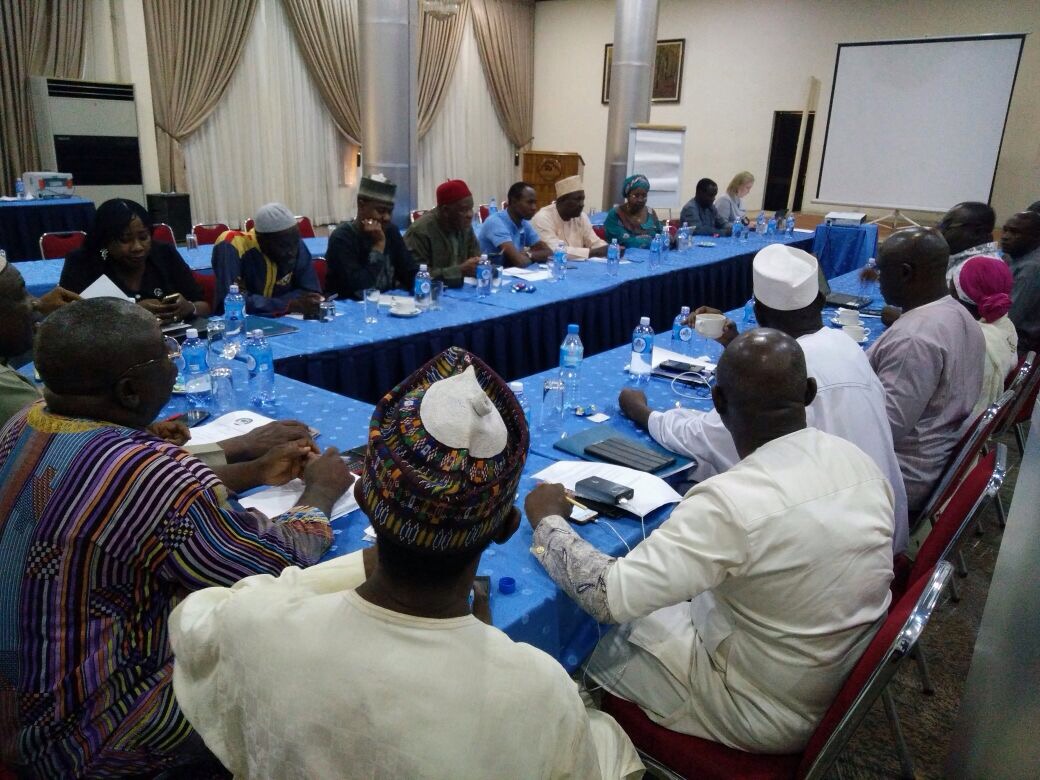KAICIID Nigeria Grants 2018 Selection Criteria

The applications will be evaluated through a set of criteria to ensure that they match with the purpose of the call for proposals and with the objectives of KAICIID’s mandate. The criteria to be considered in the selection process are:
- Implementation and networking capacities of the applicant: Priority will be given to applicants that have the required capacities at the technical level, as well as the networking capacities, to implement projects on the ground;
- Impact of the project: # of people reached or impacted by the project;
- Cost-Impact ratio of the project: In case of projects aiming to obtain similar impacts, and falling under a similar category, priority will be given to those that indicate less budget requirements;
- Level of alignment with KAICIID’s mandate (mission and strategic aims): Considered projects should focus on IRD for Peace and Reconciliation as well as building bridges between diverse religious, ethnic, political and regional communities;
- Priority consideration will be given to proposals which entail collaboration across religious lines;
- Clarity and practicality of the proposal (regarding its objectives and deliverables);
- Sustainability, replicability & scalability of the project: Proposals that are sustainable or potentially replicable will be prioritized;
- Gender sensitiveness: A priority will be given to proposals that target equally men and women as beneficiaries or target groups.
In addition to the above criteria, due consideration will be given by the committee to the following dimensions in the allocation of the available resources among the proposals:
- Geographical scope: According to the country specifics, the focus can be placed on projects taking place in a specific region within the country or on initiatives aiming at a national impact;
- Categories/types of projects: The selection committee might decide to allocate the available resources to different categories of proposals, to have a good balance between them. The categories that could be taken into consideration include, for e.g., advocacy, capacity-building, publications, media and communication, etc.